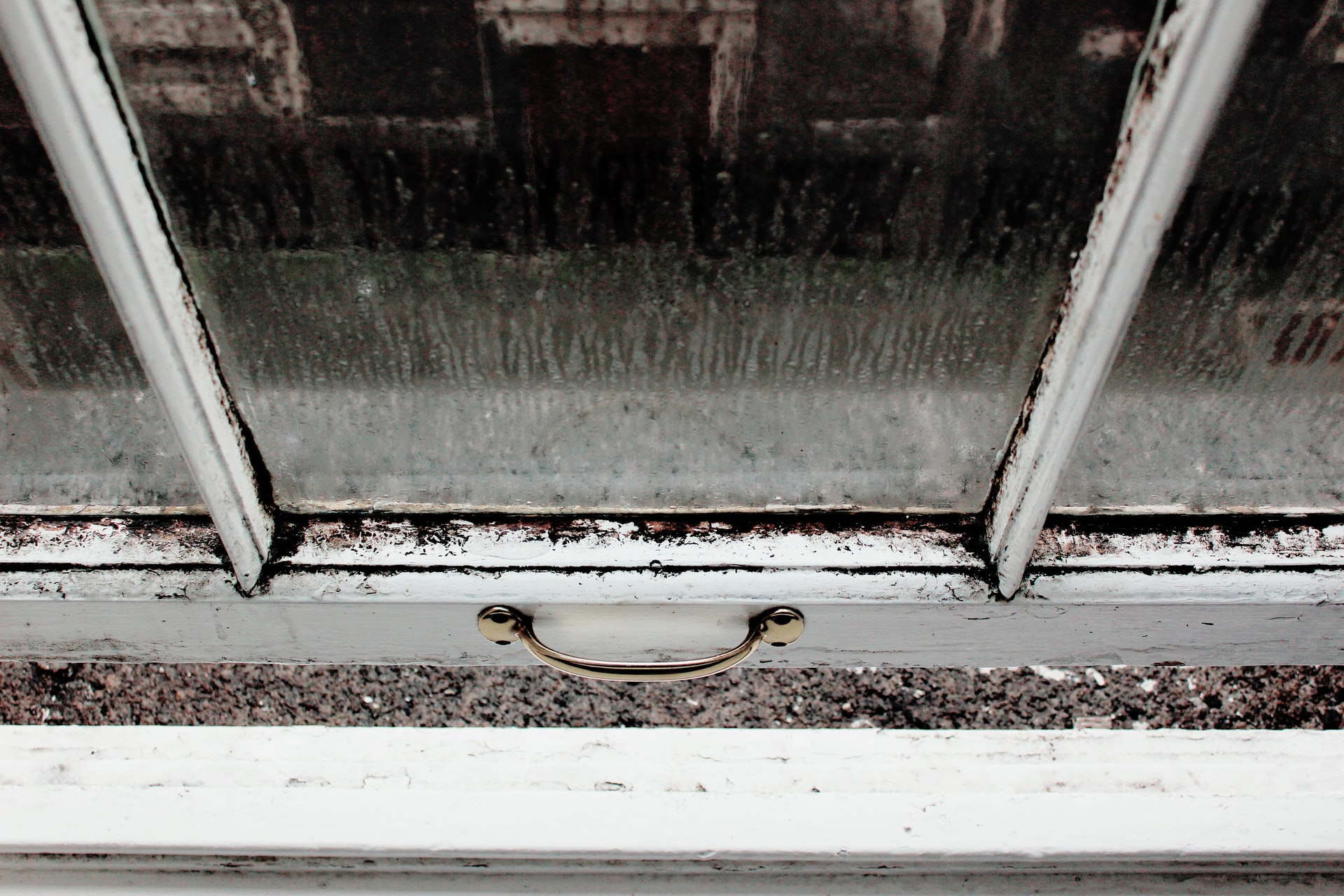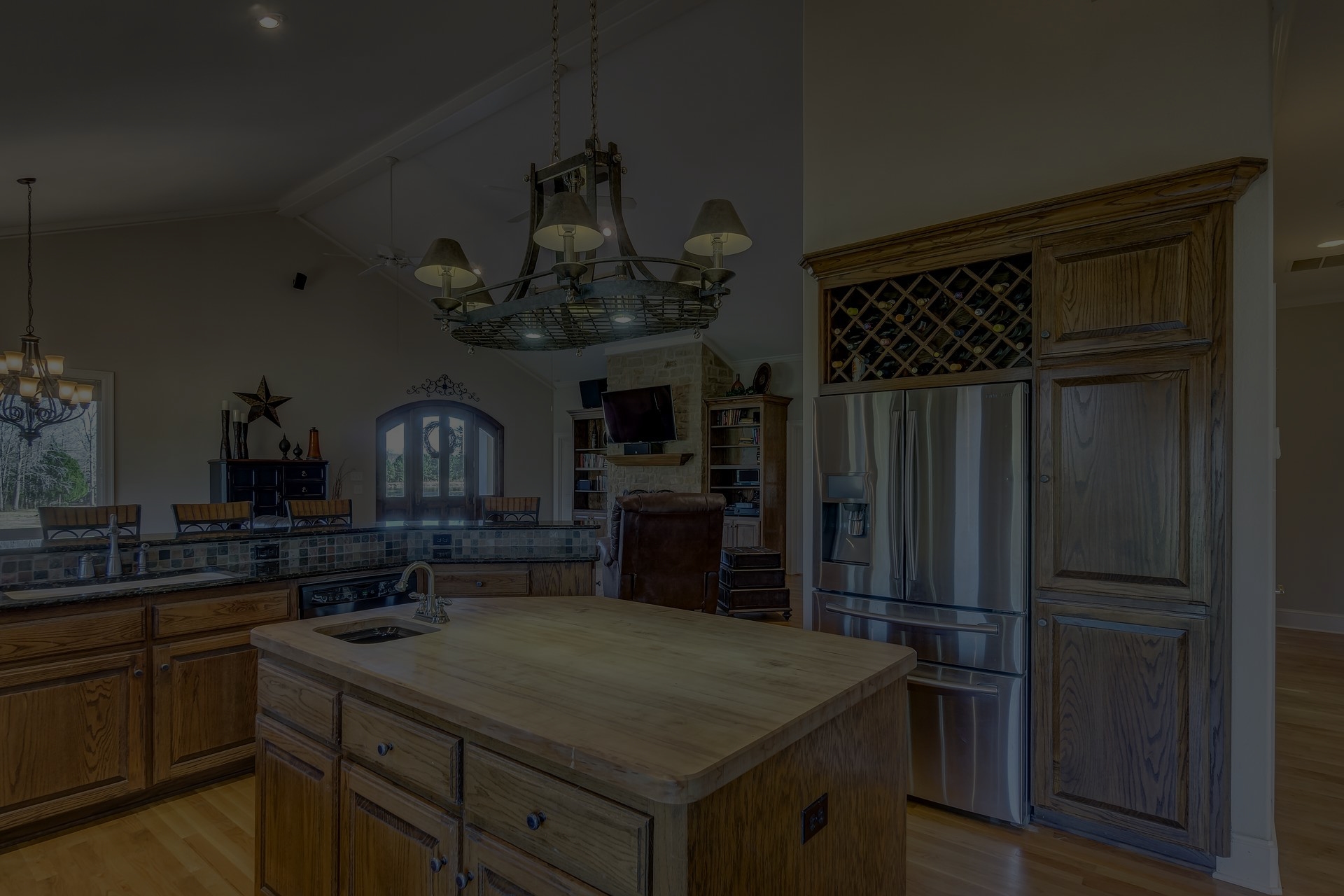
02 Nov What Are the Warning Signs of Mold in Your House?
No one wants uninvited guests in their home—especially not mold. Mold is the worst kind of unwelcome visitor, because it lurks in dark, hard-to-see places and most times you won’t even know it’s there until you’re already feeling its effects. The professionals at Pure Maintenance of New England want to help you learn to recognize the signs of mold in your home so you can say goodbye to mold for good.
Signs of Mold in Your Home
Because mold often lives and grows where it’s hard to find—like in dark basements, inside walls, and along water pipes—you may experience its side effects before you see any mold. This is especially true when it comes to recognizing signs of black mold.
Black mold spores can enter the home through windows, pipes, doors, and even on your clothes or the hair of your pets. This extremely toxic type of mold likes to hide in porous substances like drywall, insulation, and wallpaper, making it hard to find.
Many people experience mold allergy symptoms without realizing that mold is what’s making them sick. Mold allergies often present like cold symptoms or seasonal allergies. Signs of mold allergies include:
- Persistent cough and/or wheezing
- Runny or stuffed-up nose
- Constant sneezing
- Itchy and/or watery eyes
- Sore throat
- Skin rash
- Headaches
Physical and Visual Signs of Mold
Sometimes mold can be spotted visually. For example, mold may show up on the walls of a basement, the ceiling of a bathroom, or the flooring in your kitchen. Here are some physical and visual signs of mold in a home to look for:
-
Musty or Bad Odors
If your home suddenly starts smelling like dirty laundry, it could be a sign of mold. Try opening a window for a day or two to clear the air in the room. If the scent lingers the next day, there’s a good chance you have mold.
-
Furry, Colored Spots
Some mold shows up as growths on a ceiling or wall that look furry or velvety. They can be different colors, from black and brown to white and green. If you see any “furry” looking spots, it’s probably mold.
-
Peeling Wallpaper
Over time, wallpaper glue tends to loosen and it can peel away from the wall. However, if you notice a large amount of wallpaper peeling, cracking, warping, or bubbling, this can be a sign there’s moisture in the wall behind it. Mold can grow wherever there’s water damage or persistent moisture.
-
Condensation or Flooding
Did your kitchen sink or bathtub recently overflow by accident? Have you noticed a lot of condensation gathering on a water pipe by the toilet? Where water collects, mold grows. Any signs of condensation or past flooding can signal that mold is growing nearby.
Eliminating House Mold
If you notice any signs of mold in your home, you’ll need a professional mold remediator like Pure Maintenance NE. We will test your home for mold and offer speedy solutions for removing it permanently. Call 401-205-3825 or visit puremaintenancene.com to schedule your free inspection today.
Photo by Fleur on Unsplash




Pingback:Mold vs Mildew: Is There a Difference? | Pure Maintenance NE
Posted at 17:45h, 03 December[…] and mold can both appear as visible spots on a wall, ceiling, cabinet, towel, or any other surface in a […]
Pingback:Tips to Keep Mold from Growing During the Winter | Pure Maintenance NE
Posted at 16:23h, 18 January[…] thing to remember is that mold growing inside your home still receives warmth when you have the heat on. Even when it’s below 40 degrees Fahrenheit […]
Pingback:Can Mold Cause Eye Irritation & Other Problems? | Pure Maintenance NE
Posted at 17:07h, 19 April[…] only true way to keep your eyes happy and healthy is to ensure your home is mold-free! If you suspect that you are experiencing mold eye irritation, we highly suggest scheduling an eye […]